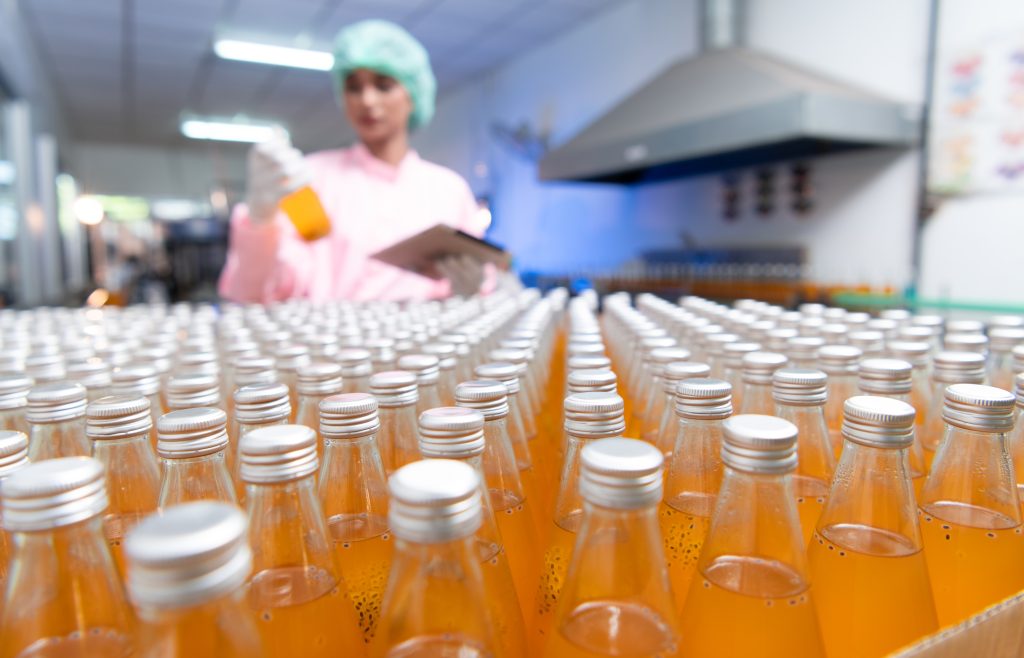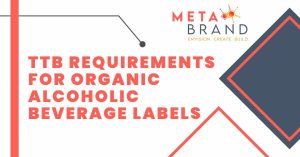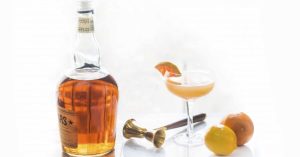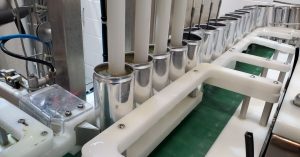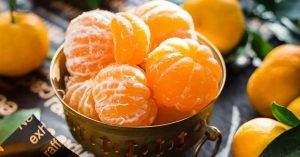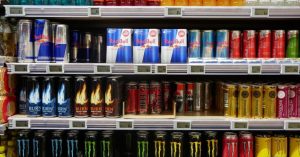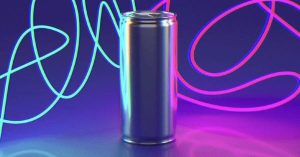Key Highlights
- Understand the science and creativity behind formulating different types of beverages.
- Discover the importance of balancing flavor, nutrition, and appeal in creating the perfect beverage.
- Gain insights into packaging, branding strategies, and regulatory requirements for a successful beverage product.
Introduction
The beverage industry is a fast-paced, dynamic market filled with endless possibilities. Turning your beverage idea into a reality requires a deep understanding of beverage development, from the initial concept to the final product on store shelves.
This journey involves a blend of creativity, scientific knowledge, and strategic planning. This article post will guide you through the critical steps involved in mastering beverage formulation, providing you with the knowledge to navigate beverage creation.
The Basics of Beverage Formulation
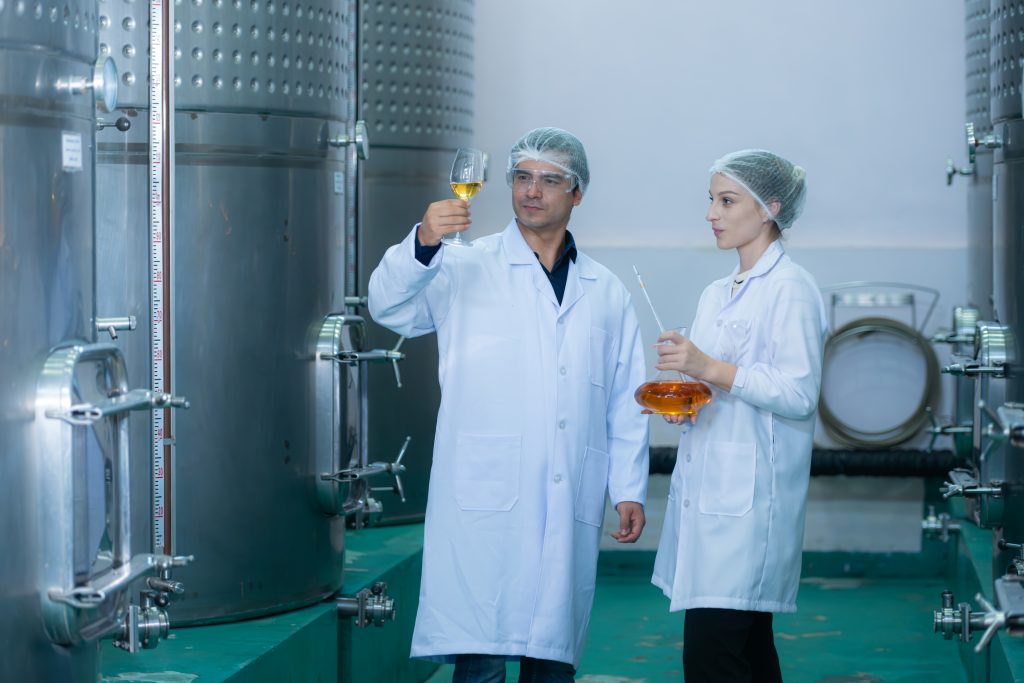
Beverage formulation is the intricate process of developing a recipe for a new drink. It extends far beyond simply mixing delicious flavors; it involves a deep understanding of food science and a keen eye for detail.
The formulation process begins with a clear vision of the type of beverage you want to create, followed by meticulous recipe development.
Whether crafting energy drinks, refreshing soft drinks, or innovative alcoholic beverages, each type of beverage demands a unique approach to formulation. Factors such as target audience, desired flavor profiles, and ingredient interactions all play crucial roles in the beverage formulation process.
Understanding the Science Behind Beverage Creation
Developing a successful beverage formula requires a solid understanding of the science behind it. Food scientists play a vital role in this process, utilizing their expertise to ensure that the final product not only tastes great but also meets the required safety and quality standards.
Creating the perfect beverage often involves multiple iterations and adjustments to the formulation. Laboratory testing is critical for analyzing factors such as stability, shelf life, and the sensory attributes of the beverage.
Through rigorous testing and analysis, food scientists refine the beverage formula, balancing flavor, color, texture, and nutritional content to meet the desired product specifications.
Exploring the Different Types of Beverages
The beverage market encompasses a diverse range of products, each with its unique formulation considerations. Understanding the nuances of different beverage types is crucial for tailoring the formulation process accordingly.
- Non-alcoholic Beverages: These include a vast array of choices, from the ubiquitous soft drinks to refreshing juices, hydrating sports drinks, and the growing market of functional beverages. Each type comes with specific formulation challenges, such as achieving the perfect balance of sweetness in soft drinks or maintaining electrolyte balance in sports drinks.
- Alcoholic Beverages: This category includes beers, wines, and spirits, each with its own set of regulations and formulation intricacies. For instance, alcoholic beverage formulation requires a thorough understanding of fermentation processes and alcohol content regulations.
- Functional Beverages: Aiming to provide additional health benefits, this category, including energy drinks and enhanced waters, requires careful consideration of ingredient interactions and regulatory compliance. Ensuring the efficacy and safety of added vitamins, minerals, or other functional components is paramount.
Crafting Your Beverage Concept
Before diving into the science of formulation, it’s essential to solidify your beverage concept. This first stage is where creativity meets market research. Ask yourself: What will make your beverage stand out in a crowded market? What need or desire will your drink fulfill?
Defining your target audience, understanding their preferences, and identifying market trends will shape your beverage concept. A well-defined concept is the foundation for a successful formulation process.
From Idea to Recipe: The Creative Process
With your beverage concept firmly in place, the exciting recipe development stage begins. This phase transforms your vision into a tangible recipe, experimenting with different ingredients, flavors, and aromas.
During beverage concept development, brainstorming sessions, market analysis, and sensory evaluations are conducted to refine the desired taste profile and overall experience of the final product.
Through continuous experimentation and iteration, you’ll discover the perfect blend of ingredients that encapsulates your beverage concept and delights your target audience.
Balancing Flavor, Nutrition, and Appeal
Crafting the perfect beverage involves striking a delicate balance between flavor, nutrition, and consumer appeal. Selecting the right ingredients is crucial not only for taste but also for texture, aroma, and visual appeal.
Moreover, today’s health-conscious consumers are increasingly mindful of nutritional value. Carefully considering factors like sugar content, calories, and the inclusion of natural ingredients greatly influences a beverage’s success.
A well-formulated beverage should not only tantalize taste buds but also align with current health and wellness trends, offering consumers a satisfying and guilt-free experience.
The Journey from Laboratory to Production
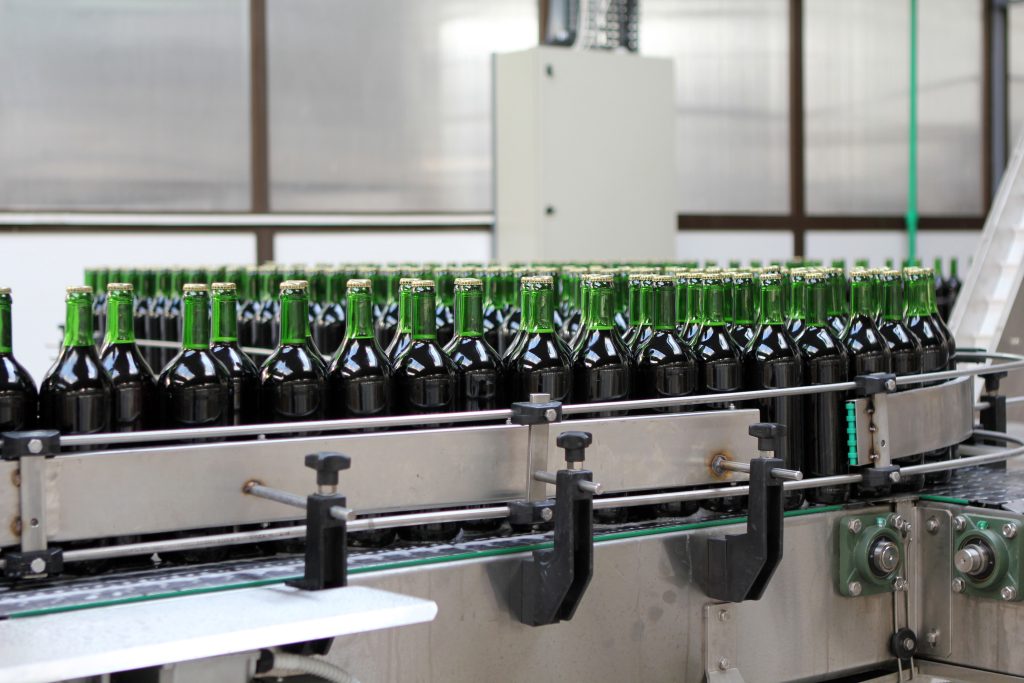
Moving from a successful small-batch recipe to large-scale beverage manufacturing is a significant step that requires careful planning and execution. This transition, often referred to as “scaling up,” involves adapting your formula to accommodate larger production volumes.
The commercial formula is developed to ensure consistency and quality throughout the scaling up process. Factors such as ingredient sourcing, production equipment, and quality control measures play critical roles in successfully bringing your beverage to market.
Scaling Your Beverage for Commercial Production
Scaling your beverage from small batches to full trucks of product requires careful adjustments to your commercial recipe and production process. Working with experienced beverage manufacturers ensures that your product maintains its quality and consistency during large-scale production.
Ingredient sourcing becomes crucial when producing at a commercial level. Finding reliable suppliers who can meet the demand for higher volumes while maintaining ingredient quality is essential.
| Aspect | Small Batch | Large Scale Production |
| Ingredient Sourcing | Smaller quantities, local suppliers | Bulk purchasing, established suppliers |
| Production Equipment | Basic, smaller-scale equipment | Specialized, high-capacity machinery |
| Quality Control | Manual checks, smaller samples | Automated systems, larger samples |
Navigating Regulatory Requirements
Before launching your beverage, it’s crucial to comply with all regulatory requirements. The FDA (Food and Drug Administration) sets guidelines for food and beverage safety, labeling, and manufacturing practices.
For alcoholic beverages, the TTB (Alcohol and Tobacco Tax and Trade Bureau) imposes specific regulations, including labeling requirements, taxation, and distribution. Understanding and adhering to these regulations is vital to avoid legal issues and ensure consumer safety.
Partnering with legal experts specializing in food and beverage regulations is highly recommended to ensure your product meets all necessary requirements before hitting the market.
Packaging and Branding Strategies

Packaging and branding are essential elements in capturing consumers’ attention and communicating your product’s value. Your packaging should be visually appealing, functional, and reflective of your brand identity.
A compelling brand story that resonates with your target audience is crucial for creating a lasting impression. Developing a consistent brand message, voice, and visual identity across all marketing materials will strengthen your brand’s presence in the market.
Designing Your Beverage Label and Packaging
Your beverage label and packaging are powerful tools for attracting consumers and conveying your brand message. The design should be eye-catching, informative, and aligned with your target audience’s preferences.
During the development phase, creating packaging prototypes allows for visualization and testing different materials, sizes, and designs. The product specification sheet, outlining details such as ingredients, nutritional information, and required labeling elements, guides the design process.
Remember, your packaging is an extension of your product and plays a crucial role in influencing purchasing decisions at the point of sale.
Building a Compelling Brand Story
In a saturated market, a compelling brand story sets your beverage apart from the competition. It’s about connecting with your target audience on an emotional level, communicating your brand values, and creating a memorable experience.
Your brand story should highlight what makes your beverage unique, whether it’s a commitment to using natural ingredients, a focus on sustainable practices, or a dedication to supporting local communities. Crafting an authentic and relatable narrative resonates with consumers and fosters brand loyalty.
BevSource specializes in helping beverage entrepreneurs bring their visions to life by guiding them through the entire process, from crafting a compelling brand story to navigating the complexities of production and distribution.
Cheers!
In the journey of mastering beverage formulation, understanding the science, balancing flavors, and navigating regulations are crucial steps. Crafting a compelling brand story and designing appealing packaging are key to standing out in the market.
From concept to production, every stage requires precision and creativity. Whether you are a novice or an experienced entrepreneur, embracing the beverage formulation process with enthusiasm and dedication can lead to a successful product launch.
Ready to create your beverage brand? Contact us today to bring your ideas to life with our expert formulation and manufacturing services.


